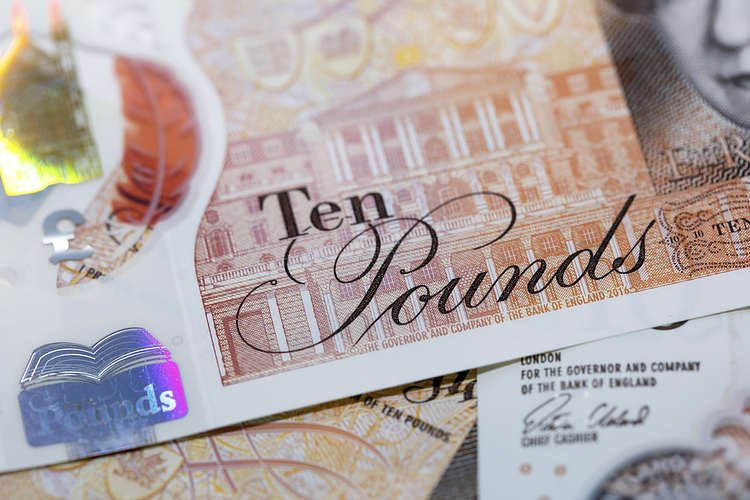- GBP/USD softens to near 1.2955 in Thursday’s early Asian session.
- The UK’s Labour government raised taxes by £40 billion in the new budget plan.
- Flash US GDP expanded at an annualised rate of 2.8% in Q3.
The GBP/USD pair extends the decline to around 1.2955 during the early Asian session on Thursday. The Pound Sterling (GBP) edges lower after the UK budget announcement. The attention will shift to the US Personal Consumption Expenditures (PCE) – Price Index data later on Thursday.
The UK’s new Labour government released its first budget on Wednesday, which includes £40 billion in tax rises to plug a hole in the public finances and allow for investment in public services, per CNBC. One of the measures that is projected to be one of the most revenue-generating for the UK Treasury is a hike in the amount employers pay out in National Insurance (NI), a tax on earnings.
The US Gross Domestic Product (GDP) for the third quarter fell below expectations. The ADP Employment Change report for October revealed that private companies hired more people than expected. According to the CME FedWatch tool, traders have priced in a nearly 95.2% chance of a 25 bps rate cut by the Fed in the November meeting.
The release of the US PCE inflation data on Thursday could offer some hints about the size and pace of the US Federal Reserve’s (Fed) rate reduction path. The headline PCE is expected to see an increase of 0.2% MoM in September, while the core PCE is estimated to see a rise of 0.3% MoM in the same reported period. The softer-than-expected outcome could trigger the hope of deeper rate cuts and might exert some selling pressure on the USD.
Pound Sterling FAQs
The Pound Sterling (GBP) is the oldest currency in the world (886 AD) and the official currency of the United Kingdom. It is the fourth most traded unit for foreign exchange (FX) in the world, accounting for 12% of all transactions, averaging $630 billion a day, according to 2022 data. Its key trading pairs are GBP/USD, also known as ‘Cable’, which accounts for 11% of FX, GBP/JPY, or the ‘Dragon’ as it is known by traders (3%), and EUR/GBP (2%). The Pound Sterling is issued by the Bank of England (BoE).
The single most important factor influencing the value of the Pound Sterling is monetary policy decided by the Bank of England. The BoE bases its decisions on whether it has achieved its primary goal of “price stability” – a steady inflation rate of around 2%. Its primary tool for achieving this is the adjustment of interest rates. When inflation is too high, the BoE will try to rein it in by raising interest rates, making it more expensive for people and businesses to access credit. This is generally positive for GBP, as higher interest rates make the UK a more attractive place for global investors to park their money. When inflation falls too low it is a sign economic growth is slowing. In this scenario, the BoE will consider lowering interest rates to cheapen credit so businesses will borrow more to invest in growth-generating projects.
Data releases gauge the health of the economy and can impact the value of the Pound Sterling. Indicators such as GDP, Manufacturing and Services PMIs, and employment can all influence the direction of the GBP. A strong economy is good for Sterling. Not only does it attract more foreign investment but it may encourage the BoE to put up interest rates, which will directly strengthen GBP. Otherwise, if economic data is weak, the Pound Sterling is likely to fall.
Another significant data release for the Pound Sterling is the Trade Balance. This indicator measures the difference between what a country earns from its exports and what it spends on imports over a given period. If a country produces highly sought-after exports, its currency will benefit purely from the extra demand created from foreign buyers seeking to purchase these goods. Therefore, a positive net Trade Balance strengthens a currency and vice versa for a negative balance.





















